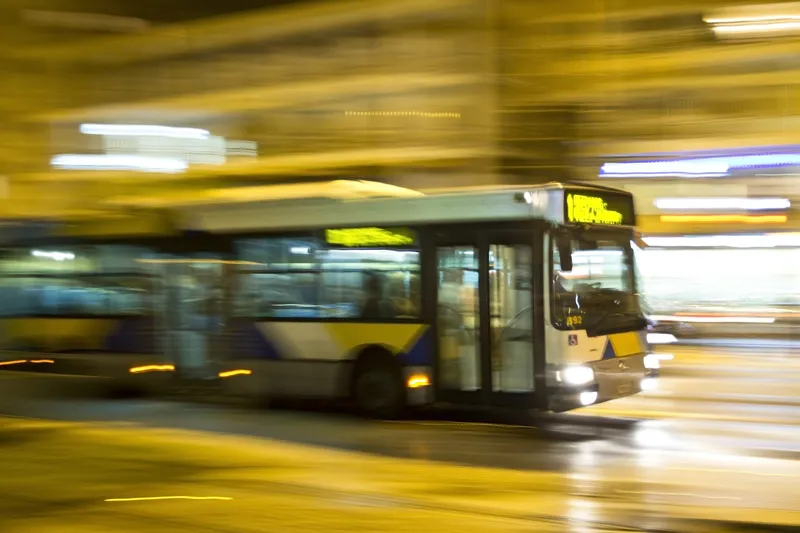
Moovit has created a white label app for the Ride On bus service in Montgomery County Department of Transportation (MCDoT) in Maryland, US.
The Ride On Trip Planner allows for trip planning across multiple modes including buses, Metrorail and Metrobuses, scooters and bike-share, along with live reports on wait times and ridership levels using a crowdsourcing information feature.
“Today’s public transportation consumers expect the ease, access, and information that smartphone apps can provide to improve their commute,” said Montgomery County executive Marc Elrich.
“Improving mass transit ridership and eliminating cars from our roads is critical to our goals to combat climate change. I expect this app will help improve customer service as well as help attract more riders to use Ride On services. I am thankful to the Federal Transit Administration for providing us with a grant for this effort.”
It means more buses can be added to busier routes and provides help for passengers including 'first mile/last mile' directions to a selected bus stop, and push notifications when they have arrived. A web-based version of the app also is available.

The app addresses two common requests from riders, according to MCDoT director Chris Conklin: “They can determine their travel times in advance and see more travel options with the inclusion of other modes such as Metro and Bikeshare. The app is a big step forward in making public transportation more accessible for everyone.”
The app also includes dashboards for the Ride On central communications team to monitor bus loads and more quickly dispatch additional buses when buses are full.
“With this app, we can quickly alert our bus dispatchers during high-volume travel times, and request additional buses be sent to in-demand routes,” said Conklin. “The app will let us be more efficient with our resources, and ultimately reduce wait times for riders.”
“Planning efficient, convenient commutes to work, school, shopping, appointments and entertainment has never been easier,” said Moovit’s chief growth and marketing officer Yovav Meydad. “We’re excited to be working with MCDoT to provide multimodal trip planning, real-time information and comprehensive travel information and guidance.”
For a 30-day trial period, MCDoT encouraged riders to download the app and share their experience with Ride On by emailing comments to [email protected], through MC311 or via social media. The feedback is being used to optimise the application - and comments are still welcome, the agency insists.









